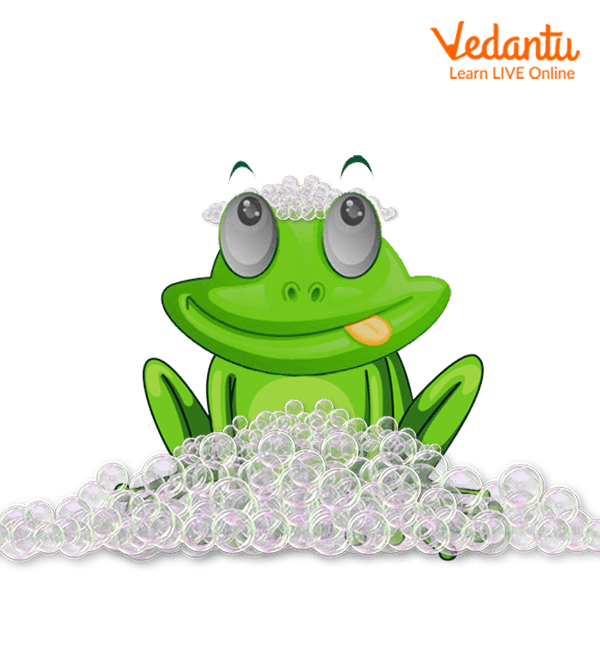Is Poetry the Beginning of a Literacy Journey?
The impact of a beautiful poem can help kids in making reading a reality. Poetry is a valuable resource in every child's literacy journey, from making reading fun to teaching kids different phonemic sounds. Kids will love reciting their favourite poems with you while also learning essential reading skills at the same time. Because poetry is usually only a few lines long, a poem may seem less frightening to a younger kid than a big book.
Poetry that is short in length, such as the “I Have a Little Frog” poem, still contains important literary elements such as character, narration, new words, and rhyming that can help children in developing basic fundamental and advanced literacy skills. Poem's musical rhythms can also remind kids of their favourite songs. When you're reading a poem to your child, try singing it to see what happens. You can start immediately with the poem we'll be discussing in this article.
Pros of Poetry
Reading poetry to children helps them develop their voice, pitch, volume, and tone. While these are primarily speech functions, they are also crucial for kids learning to read. Poetry can teach young readers about speech patterns, which can help them understand what they're reading. Rhyming can also help them identify sounds in words and word families. You can also see this in the poem below.
About the Poem
This is a funny rhyme poem. It's wonderful to have a laugh, and kids enjoy silly and fun rhymes. Because the idea of the Frog blowing bubbles at the end appeals to them.
I Have a Little Frog

Frog in soap water
I have a little frog
His name is Tiny Tim
I put him in the bathtub
To see if he could swim.
He drank up all the water
He gobbled up the soap
And when he tried to talk
He had a bubble in his throat.
Summary
A kid has a frog named Tiny tim. He puts Tim in the tub to see if he can swim but instead of swimming he drinks all the water. As the water has soap, when Tim tried to talk, bubbles were coming out of his throat.
About the Author
Selina Young was a creative illustrator whose books were widely spread around the world. Selina grew up in Surrey and relocated to New Zealand with her son Alfred in 1993, where they resided by the beach. Selina passed away in 2006, but her illustrations will continue to excite parents and children for many more years.
Conclusion
The beauty of poetry is that it is subjective. Poetry can be narrative, nonlinear, or simply a collection of your favourite words. Allowing children to express themselves through poetry while they are learning to read can be both educational and enjoyable.


FAQs on I Have a Little Frog Poem
1. Why is poetry important for kids?
Poetry is included in our curriculum. It is easily implemented into classroom themes, projects, and celebrations and can be taught as part of reading, writing, and language lessons. It has the potential to add value to our studies.
2. How does reading poetry help kids write?
Teach students how to read them. It's the initial step in the writing process. Poems are made up of a variety of components. We learn how to put words together in poetry to create meaning and context. To create imagery and effect, we learn how to choose the correct words. If we break poems into its constituent components, we can learn a lot about how writing works. We learn how to stick to a pattern and arrange words in a specific manner. Some poems have simple patterns that are enjoyable to follow and are excellent places for children to start learning to write. Writing poetry is a skill that may be used to help kids write in a variety of styles and forms.





